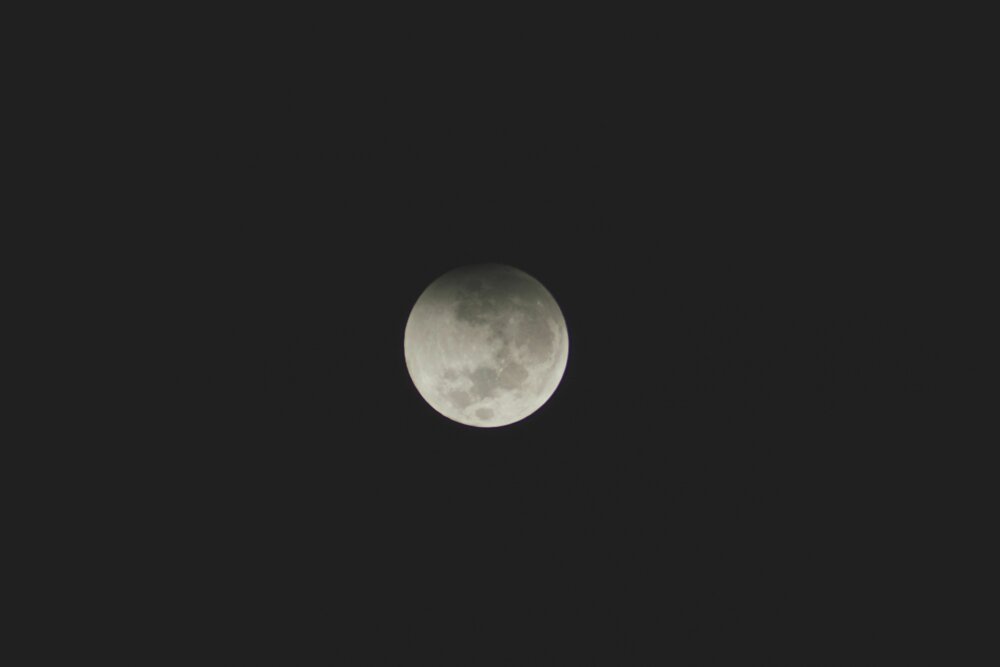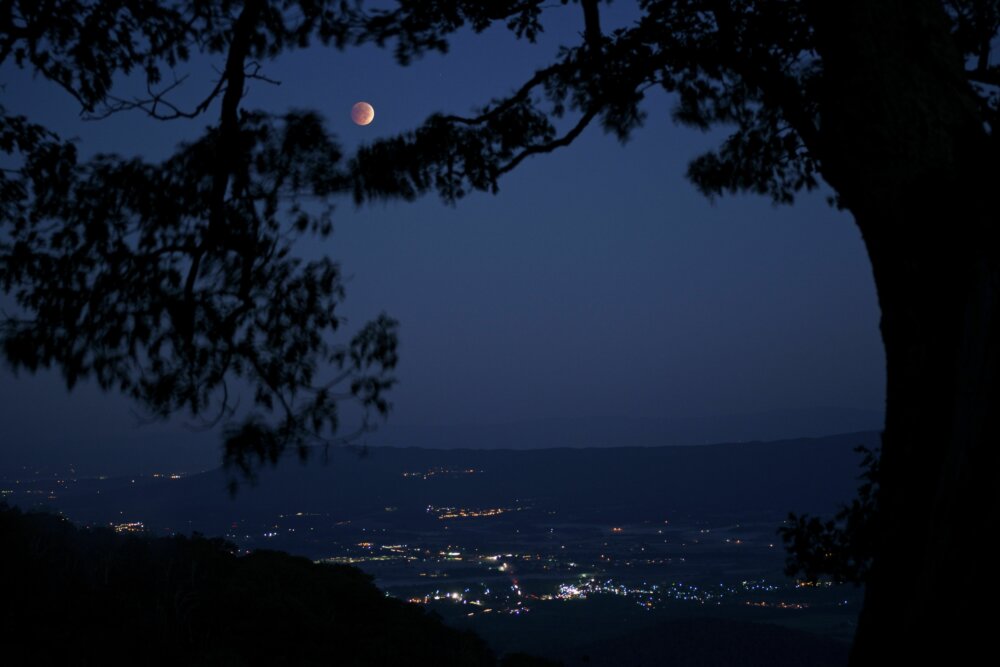
On Wednesday, May 26, half of the planet will be treated to a total “supermoon” lunar eclipse.
That’s the good news, as it will be the first total lunar eclipse in almost 2 1/2 years.
The bad news is that it will not be that great of an event for the D.C. area. In fact, it might not be able to see the Earth’s shadow on the moon at all, because the eclipse will be happening just before sunrise and as the full flower supermoon is setting in the southwest.
May’s full moon is called “flower” because of all the flowers in bloom, and this will be the closest full moon for the whole year. To experienced moon watchers, the full flower supermoon will look a bit larger and brighter.
I have witnessed lunar eclipses under these types of conditions before, and it is difficult to see the Earth’s shadow. If you want to try to see the eclipse, the best locations to do so are places where the southwestern horizon is clear of trees and buildings. The southwest-facing turnouts of Shenandoah National Park would be excellent. They provide a decent horizon and elevation for a good view of the setting/partially eclipsed moon. Be sure to check the park’s website for any updates before going there.
Binoculars will help immensely and are highly recommended — mandatory really — to try to see any shading on the moon. The sun rises at about 5:54 a.m. EDT for our area, while the full flower supermoon sets at 5:58 a.m. EDT.
The light outer shadow of the Earth, called the penumbra, begins to intercept the moon at 4:47 a.m. EDT and will not be visible without a telescope or possibly binoculars in all probability. The dark inner shadow of our planet, called the umbra, intercepts the moon at 5:45 a.m. EDT, just minutes before sunrise and moonset. It will be hard to see even with binoculars because of the brightening sky.

You may see references to this total lunar eclipse as a “blood moon,” which is a phrase used to describe the reddish color the moon takes on during the totality phase of the eclipse. The color is caused by sunlight passing through the Earth’s atmosphere and falling upon the surface of the moon. Because our planet is totally blocking out the light of the sun, this reddish color — just like we can see at sunrise/sunset here on Earth — is the only light reaching the moon. The D.C. area will not see the totality phase at all.
As stated by Sky & Telescope: “The entire event will be livestreamed from three different sites on the island of Hawaii. One of those streams is unique in that it will be focused on the changing ground scenery and sky rather than on the moon itself. Griffith Observatory in Los Angeles will also host a live online broadcast on its YouTube channel on May 26 from 4:45 a.m. to 9 a.m. EDT.”
For our readers who will be at a location where they can see the totality phase, it is worth trying to take a picture of the event.
Save the date two days later (Friday, May 28) for a MUST SEE sky sight. Brilliant Venus and bright Mercury will be in the northwestern sky as it gets dark. They will only be a half degree or so apart — that is close! They will be easy to spot if your horizon is clear, with Venus being the brighter of the two inner solar system planets. Binoculars will enhance your view, and you should try to take a picture of the two with a smartphone or other camera. The two planets will remain visible but moving farther apart for the rest of the month.
We’ll have another sky sight to see in June, so stay tuned!
Follow my daily blog to keep up with the latest news in astronomy and space exploration. You can email me at skyguyinva@gmail.com.







